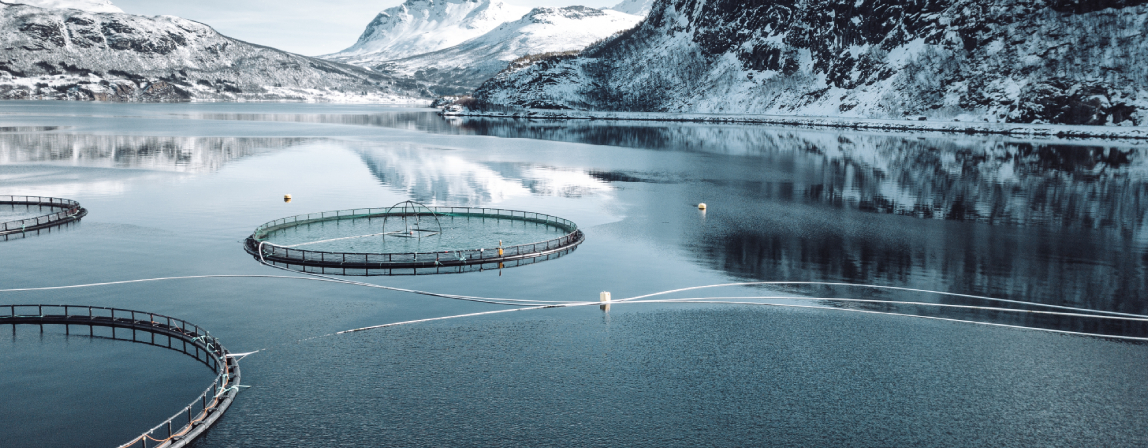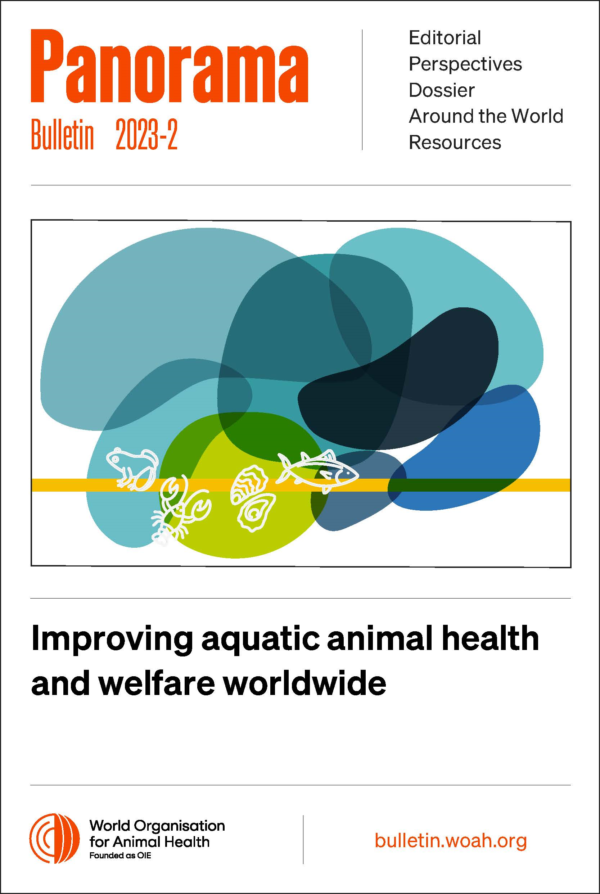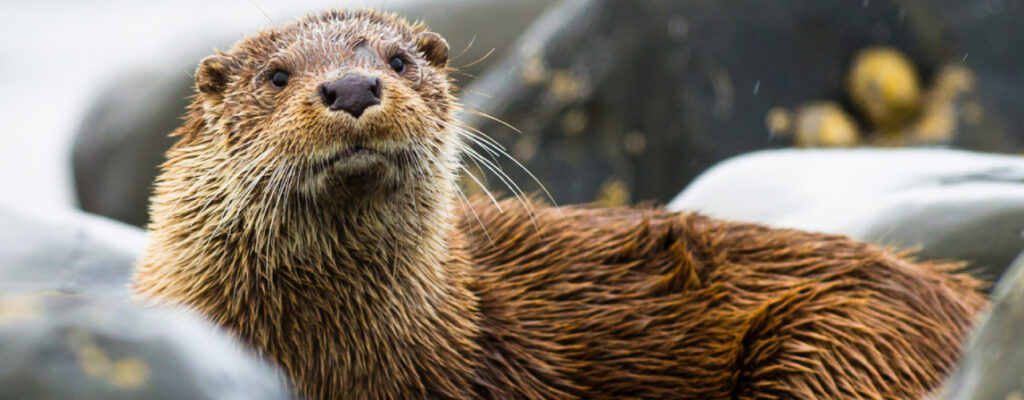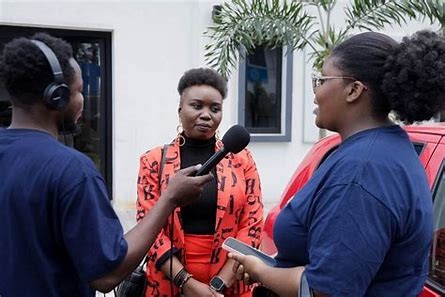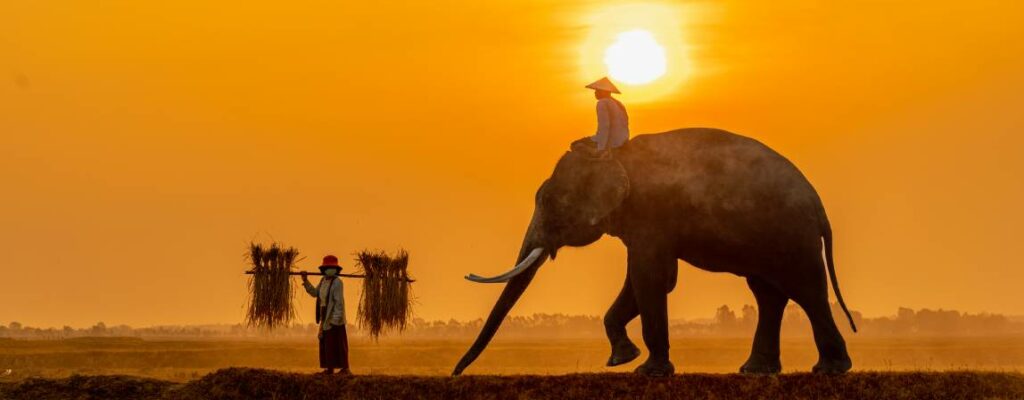Around the world Posted on 2025-02-12 17:48:56
Success stories/lessons learnt
Compartmentalisation in aquaculture
Keywords
Authors
Gísli Jónsson, Senior Veterinary Officer for Aquatic Animals, Icelandic Food and Veterinary Authority
Austurvegur 64
800 Selfoss
Iceland
The designations and denominations employed and the presentation of the material in this article do not imply the expression of any opinion whatsoever on the part of WOAH concerning the legal status of any country, territory, city or area or of its authorities, or concerning the delimitation of its frontiers and boundaries.
The views expressed in this article are solely the responsibility of the author(s). The mention of specific companies or products of manufacturers, whether or not these have been patented, does not imply that these have been endorsed or recommended by WOAH in preference to others of a similar nature that are not mentioned.
An encouraging and important step taken by the World Organisation for Animal Health (WOAH) was the publication of a new biosecurity approach for aquatic animals in the form of compartmentalisation, in the 2014 version of the Aquatic Animal Health Code. This gave Competent Authorities (CA) in different countries a common basis for cooperation in taking aquatic animal disease prevention to an even higher level.
After it was made possible for WOAH Members to establish and recognise subpopulations with a distinct aquatic animal health status, in terms of so-called compartmentalisation, the CA in Iceland (MAST) and Chile (Sernapesca) decided to follow the given guidelines. All preparatory work was done in close cooperation with the breeding company Benchmark Genetics Iceland. Reaching an agreement between trading partners is a very positive initiative and an effective tool to improve health guarantees for the transport of live aquatic animals.
The preparatory work started as early as autumn 2014, with many intermediate steps until final approval was given by the two countries on 1 March 2016. The compartment consists of four sub-units: hatchery/smolt farm, two similar broodfish farms and the egg incubation centre.
First, MAST prepared a policy document and published an official standard setting out the conditions for the development, evaluation and approval of the disease-free compartment. After receiving all the necessary documents and a formal application from Benchmark, a period of evaluation, discussion and correction followed to reach a common understanding of the implementation. Finally, a checklist was designed that included all the main criteria presented in the Aquatic Animal Health Code. The approval is also based on intensive screening for notifiable disease agents throughout the year.
After the official recognition by both nations, MAST has conducted two inspections annually on each sub-unit to maintain approval. In addition, Sernapesca pay inspection visits every other year for renewal of the authorisation for importing salmon eggs from Iceland.
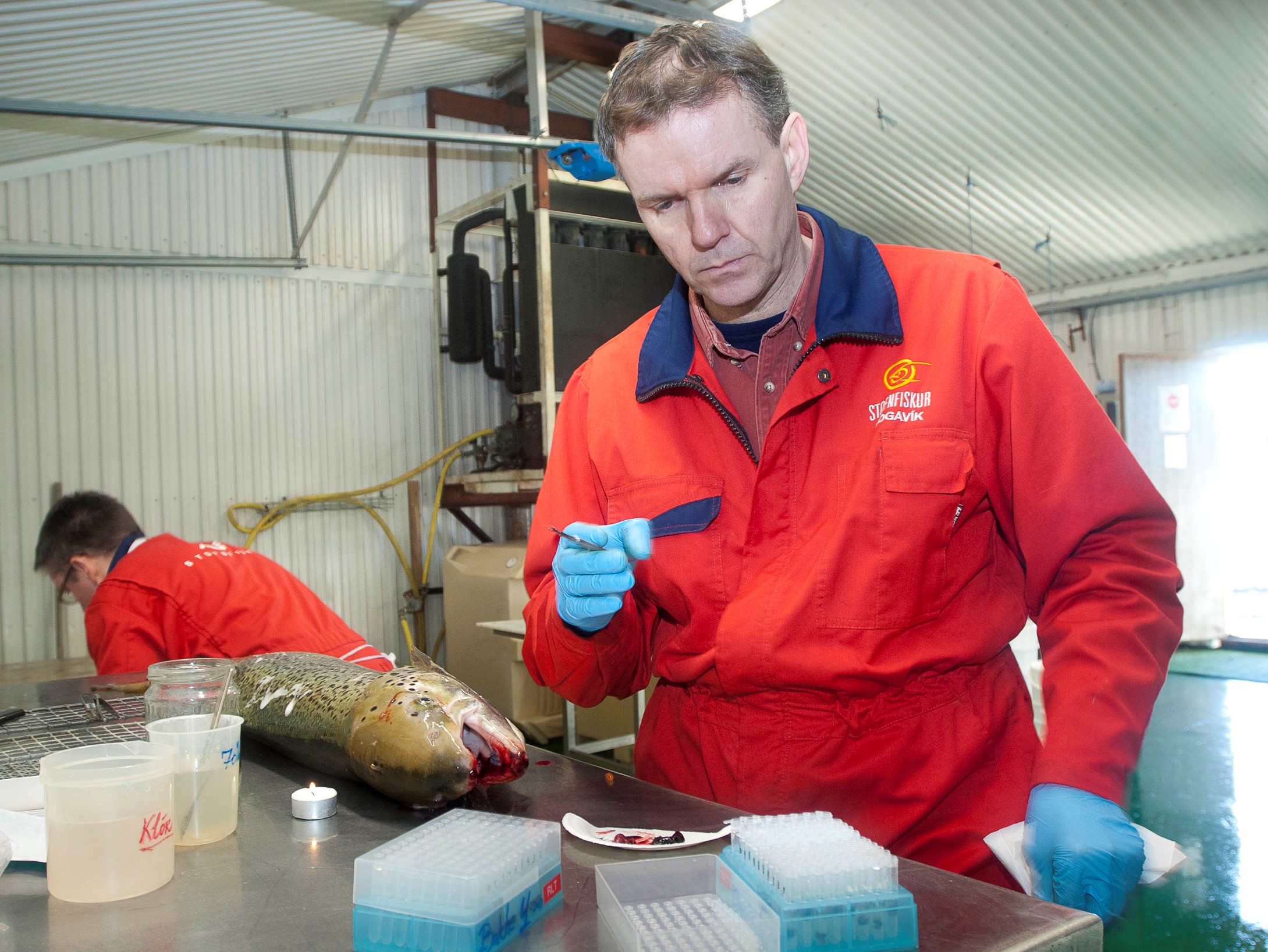
https://doi.org/10.20506/bull.2023.2.3425




